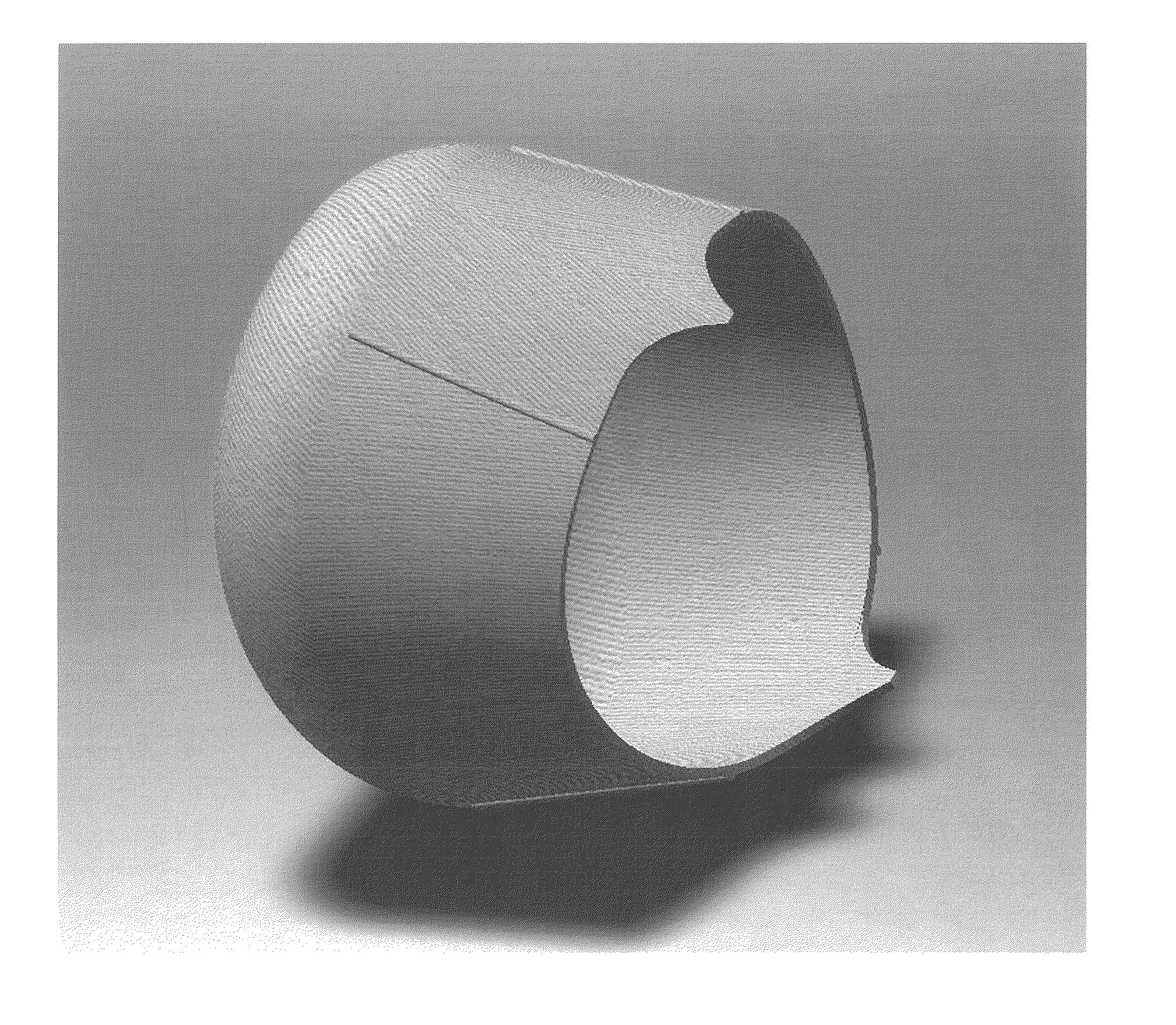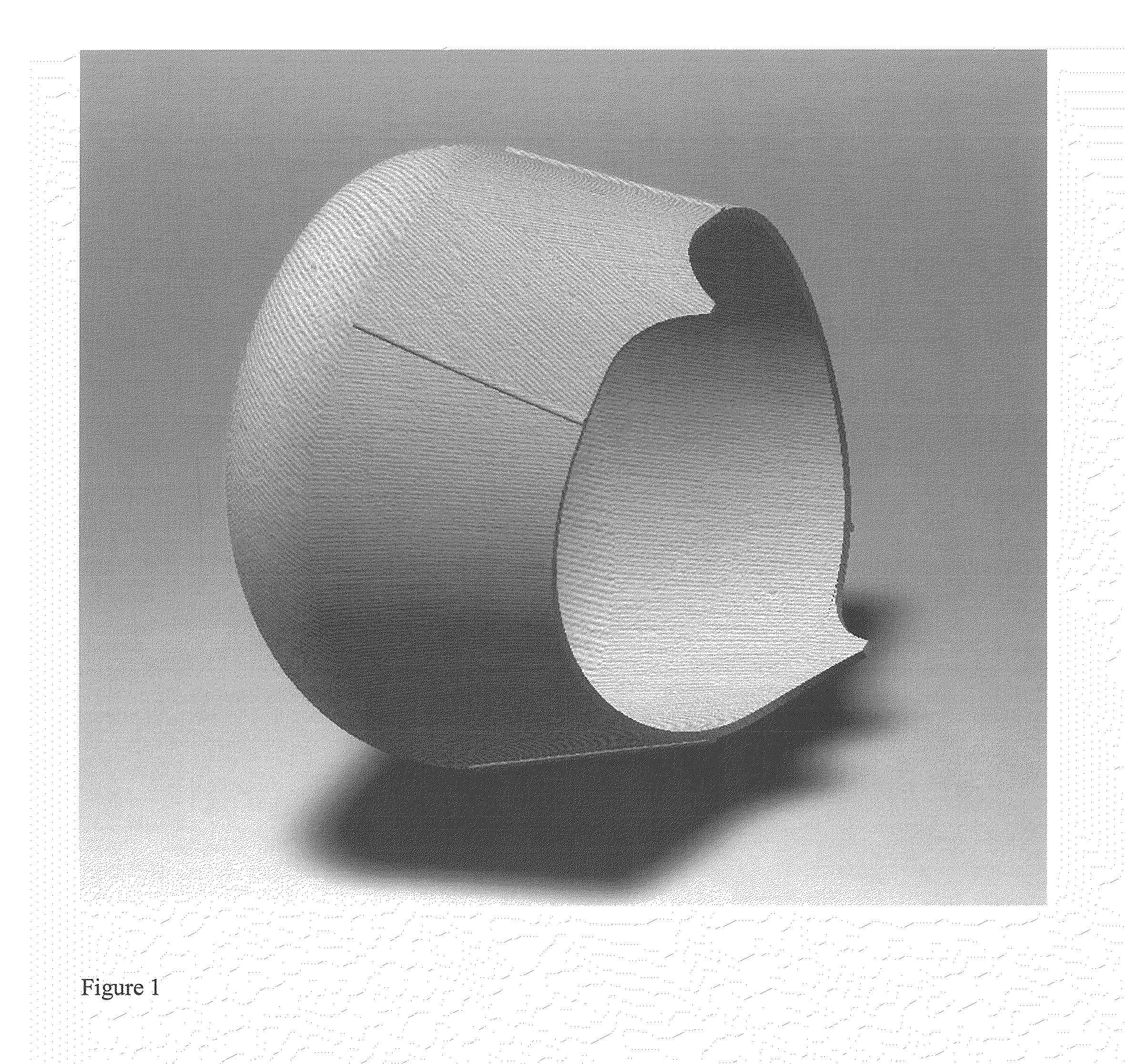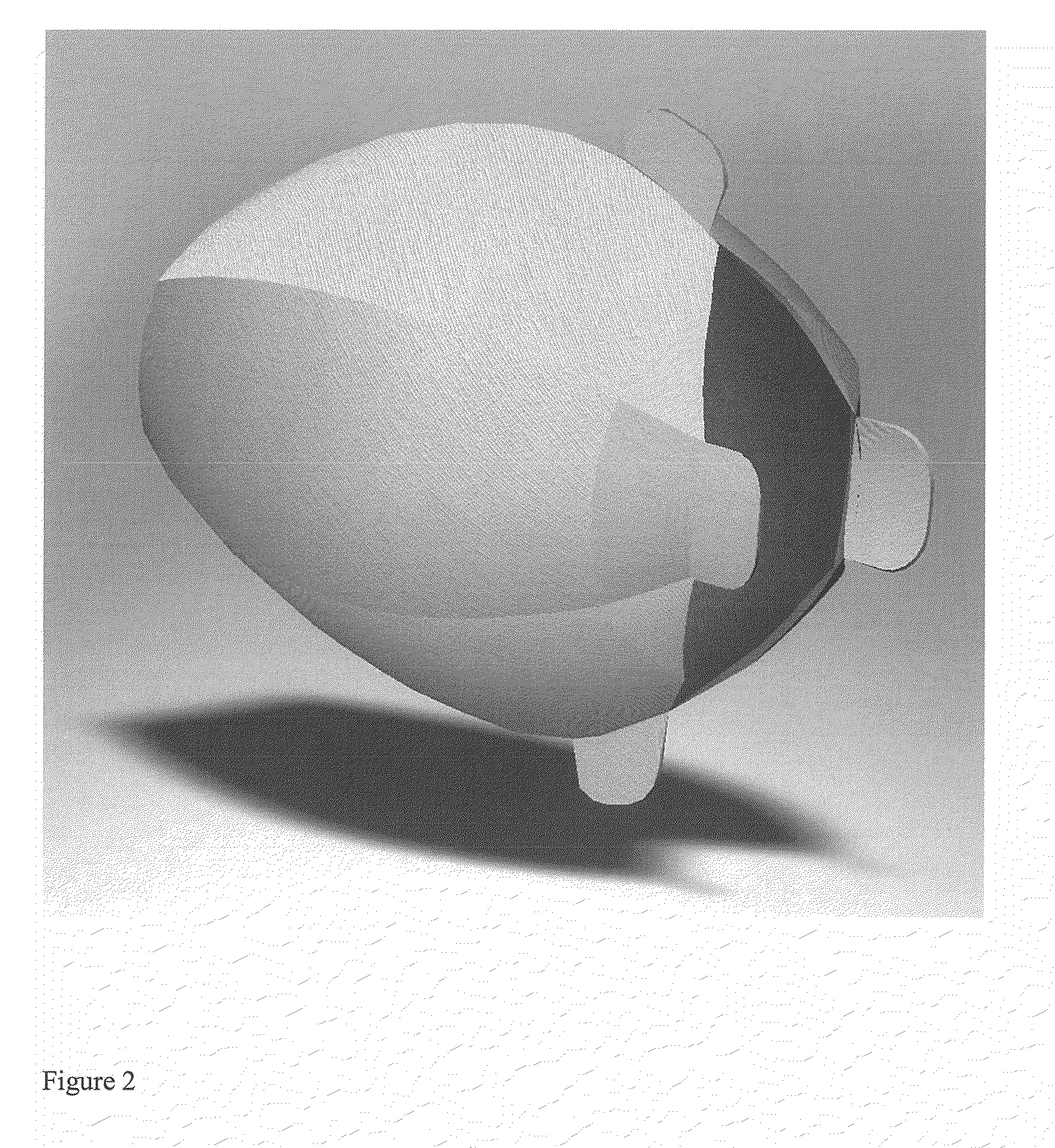Cell-Scaffold Constructs
a cell-scaffold and construct technology, applied in the field of cell-scaffold constructs, can solve the problems of abnormal bladder development and surgical augmentation, small bladder capacity that generates high pressure, and inconformity with bladder regulations
- Summary
- Abstract
- Description
- Claims
- Application Information
AI Technical Summary
Benefits of technology
Problems solved by technology
Method used
Image
Examples
example 1
Peripheral Blood and Adipose Tissue as a Source of SMCs
Blood-Derived Cells
[0372]Smooth muscle cells have been successfully isolated from canine, porcine, and human peripheral blood. Briefly, a dilution of 50 ml of peripheral blood 1:1 with phosphate buffered saline (PBS; 100 mL final volume) was prepared and layered onto Histopaque, a density gradient material, and centrifuged at 1,354×g for 20 minutes at room temperature. After centrifugation, four layers will be clearly defined in the density gradient (from top to bottom): serum, buffy coat, Histopaque, red blood cells. The mononuclear cells are located in the buffy coat, which appears as an opaque white / gray band. The buffy coat was withdrawn and transfered into a separate 50 ml conical tube. Dilute to 50 mL with PBS. Centrifuge the samples at 711×g for 10 minutes at room temperature to pellet cells. Resuspend pellet and culture the cells. When appropriate cell numbers are reached by subsequent cell passaging, an aliquote is fixe...
example 2
MCP-1 Production and Cell Density
[0413]Conditioned medium from cultures of bladder smooth muscle cells were analyzed using commercially available kits for the detection and quantitation of MCP-1. Conditioned media samples from 9 constructs (3 from each of 3 seeding levels) and the paired SMC cells used for seeding the constructs were tested for MCP-1 levels. The results are shown in Table 2.1.
TABLE 2.1Sam-TestplecIL2cIL6cIL10cMCP-1cIFNgcTNFacTGFbIDIDpg / mlpg / mlpg / mlpg / mlpg / mlpg / mlpg / ml1TT11.02TT28.839.6
[0414]In order to quantitate MCP-1 present in the construct medium, an ELISA based assay system specific for Canine MCP-1 from R&D Systems was employed. Samples were assayed in duplicate and compared to a standard curve to provide estimated MCP-1 levels in construct medium. As shown in FIG. 25, the results from this analysis show a positive correlation between MCP-1 production and the density of cells seeded. Table 2.2 shows MCP-1 quantitation of construct medium as determined by R&D S...
example 3
Implantation of Neo-Urinary Conduit Constructs in Swine
[0417]The objective of this study was to investigate the surgical implantation of the neo-urinary conduit and evaluation of the post surgical care, as well as to assess the regeneration of urinary-like tissue following implantation of the Neo-Urinary Conduit (NUC) test articles and the ability of swine peritoneum to provide a vascular supply and water-tightness to the implant.
[0418]Neo-Urinary Conduit (NUC) construct test articles were comprised of a scaffold formed from nonwoven polygycolic acid (PGA) felts and poly(lactic-co-glycolic acid) polymers (PLGA) with or without autologous smooth muscle cells (SMC). Cells previously removed from an animal were used to produce the construct that was implanted in the same animal. A construct refers to the sterile tube-shaped biomaterial comprised of a scaffold formed from nonwoven polygycolic acid (PGA) felts and poly(lactic-co-glycolic acid) polymers (PLGA) combined with autologous SMC...
PUM
| Property | Measurement | Unit |
|---|---|---|
| biocompatible | aaaaa | aaaaa |
Abstract
Description
Claims
Application Information
 Login to View More
Login to View More - R&D
- Intellectual Property
- Life Sciences
- Materials
- Tech Scout
- Unparalleled Data Quality
- Higher Quality Content
- 60% Fewer Hallucinations
Browse by: Latest US Patents, China's latest patents, Technical Efficacy Thesaurus, Application Domain, Technology Topic, Popular Technical Reports.
© 2025 PatSnap. All rights reserved.Legal|Privacy policy|Modern Slavery Act Transparency Statement|Sitemap|About US| Contact US: help@patsnap.com



